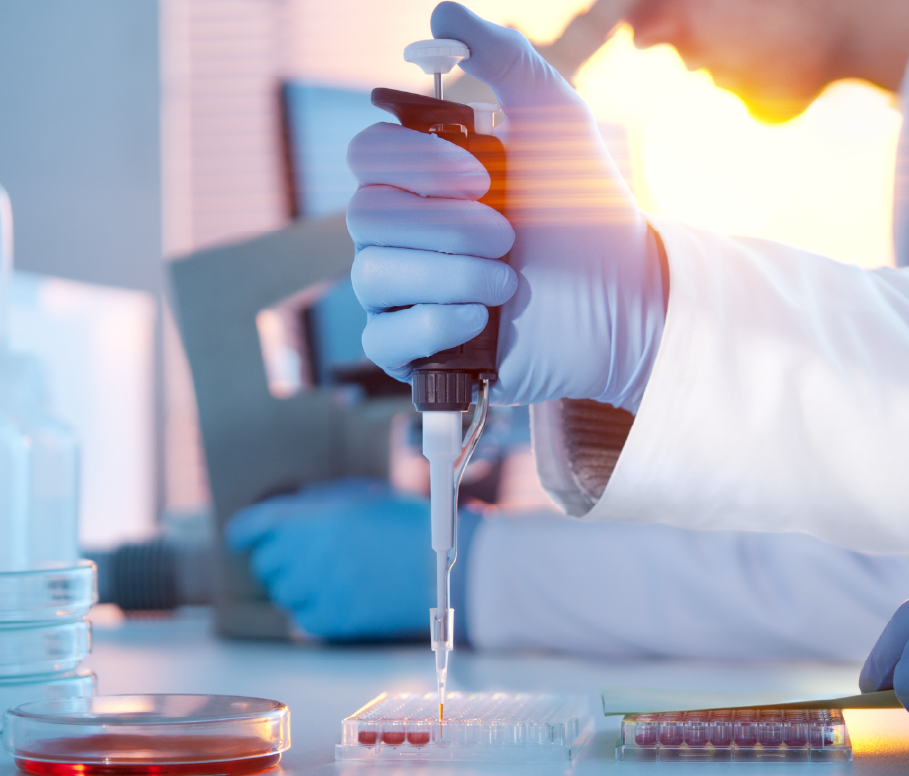Rare Disease Day, observed on the final day of February each year, embodies a worldwide dedication to increasing awareness and improving the lives of the more than 300 million people affected by rare diseases. There are often significant challenges associated with diagnosing and treating rare diseases. Of the 7,000 identified rare diseases, approximately 95 percent have no treatments available. Nevertheless, innovators’ tireless efforts serve as a beacon of hope for patients, and with more than 700 medicines in development.
Strong intellectual property (IP) policies help support innovators and facilitate the research and development necessary in this space. The United States, known for its robust IP ecosystem, has driven significant progress around rare diseases. In 2023, more than half (28 of 55) of the novel drugs approved by the FDA were designed to prevent, diagnose or treat a rare disease or condition, including for:
- Amyotrophic lateral sclerosis (ALS), a progressive neurodegenerative disease that attacks and kills the nerve cells that control voluntary muscles. ALS causes the nerves to lose the ability to activate specific muscles, causing weakness and paralysis. This affects voluntary movements such as chewing, walking, breathing and talking. According to the Centers for Disease Control and Prevention (CDC), between 16,000 and 32,000 Americans are currently living with ALS. A newly approved treatment “could be the opportunity to break the cycle of genetic ALS for families who have been devastated by ALS for generations.”
- Paroxysmal nocturnal hemoglobinuria (PNH), an acquired, life-threatening blood disease. PNH is characterized by destruction of red blood cells, blood clots and impaired bone marrow function. Individuals with PNH are at high risk of developing blood cancers, like leukemia. Only about 500 people are diagnosed with PNH in the U.S. each year. A new oral treatment “represents a groundbreaking advancement for patients and their caregivers because the drug can be easily self-administered.”
- Nasopharyngeal carcinoma (NPC), a rare head and neck cancer that affects the part of the throat connecting the backs of the nose and mouth. Many people with nasopharyngeal cancer don't have any symptoms until the cancer reaches an advanced stage. In the U.S., less than 1 person out of 100,000 people are diagnosed with NPC each year. The first drug specifically for this patient population was recently approved.
Rare Disease Day and other efforts to heighten awareness around these issues empowers advocates to “share their colors” and call for “equity in social opportunity, healthcare, and access to diagnosis and therapies for people living with a rare disease.”
Still, there’s a long way to go before rare diseases have sufficient treatment options, and there remains a continued need to deliver for patients. Innovators can best advance treatments when supported by a robust innovation ecosystem that fosters the development of medicines that might otherwise be neglected due to their small patient populations. Upholding IP protections and incentives is crucial for ensuring ongoing innovation and the cutting-edge progress that is transforming the landscape and paving the way for enhanced health outcomes for patients worldwide.
Innovators can best advance treatments when supported by a robust innovation ecosystem that fosters the development of medicines that might otherwise be neglected due to their small patient populations.


